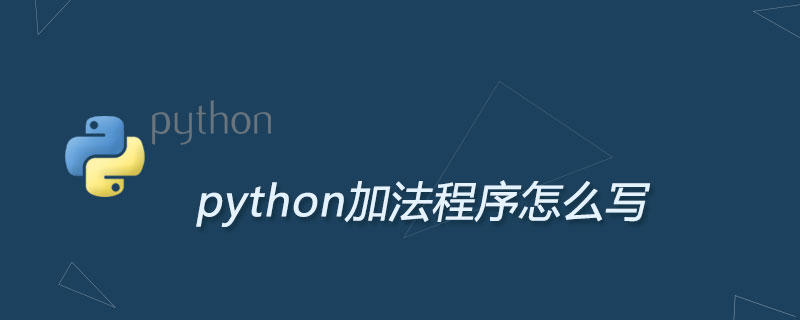
1、作用域仅限于函数内部, 离开该函数后就是无效的,**生命周期**直到程序结束。
2、不管是普通局部变量还是 static 修饰的静态局部变量,作用域仅仅只在函数内部有效。
实例
#include<stdio.h>
intfunc1()
{
intx=5;
x++;
printf("函数func1局部变量x=%d\n",x);
return0;
}
intfunc2()
{
staticintx=10;
x++;
printf("函数func2静态局部变量x=%d\n",x);
return0;
}
intmain()
{
for(inti=0;i<10;i++)
{
func1();
func2();
}
return0;
}
/*
输出:
函数func1局部变量x=6
函数func2静态局部变量x=11
函数func1局部变量x=6
函数func2静态局部变量x=12
函数func1局部变量x=6
函数func2静态局部变量x=13
函数func1局部变量x=6
函数func2静态局部变量x=14
函数func1局部变量x=6
函数func2静态局部变量x=15
函数func1局部变量x=6
函数func2静态局部变量x=16
函数func1局部变量x=6
函数func2静态局部变量x=17
函数func1局部变量x=6
函数func2静态局部变量x=18
函数func1局部变量x=6
函数func2静态局部变量x=19
函数func1局部变量x=6
函数func2静态局部变量x=20
*/
以上就是c语言中static修饰局部静态变量的介绍,希望对大家有所帮助。更多C语言学习指路:C语言教程
原文来自:https://www.py.cn© 版权声明
文章版权归作者所有,未经允许请勿转载。
THE END


















































暂无评论内容